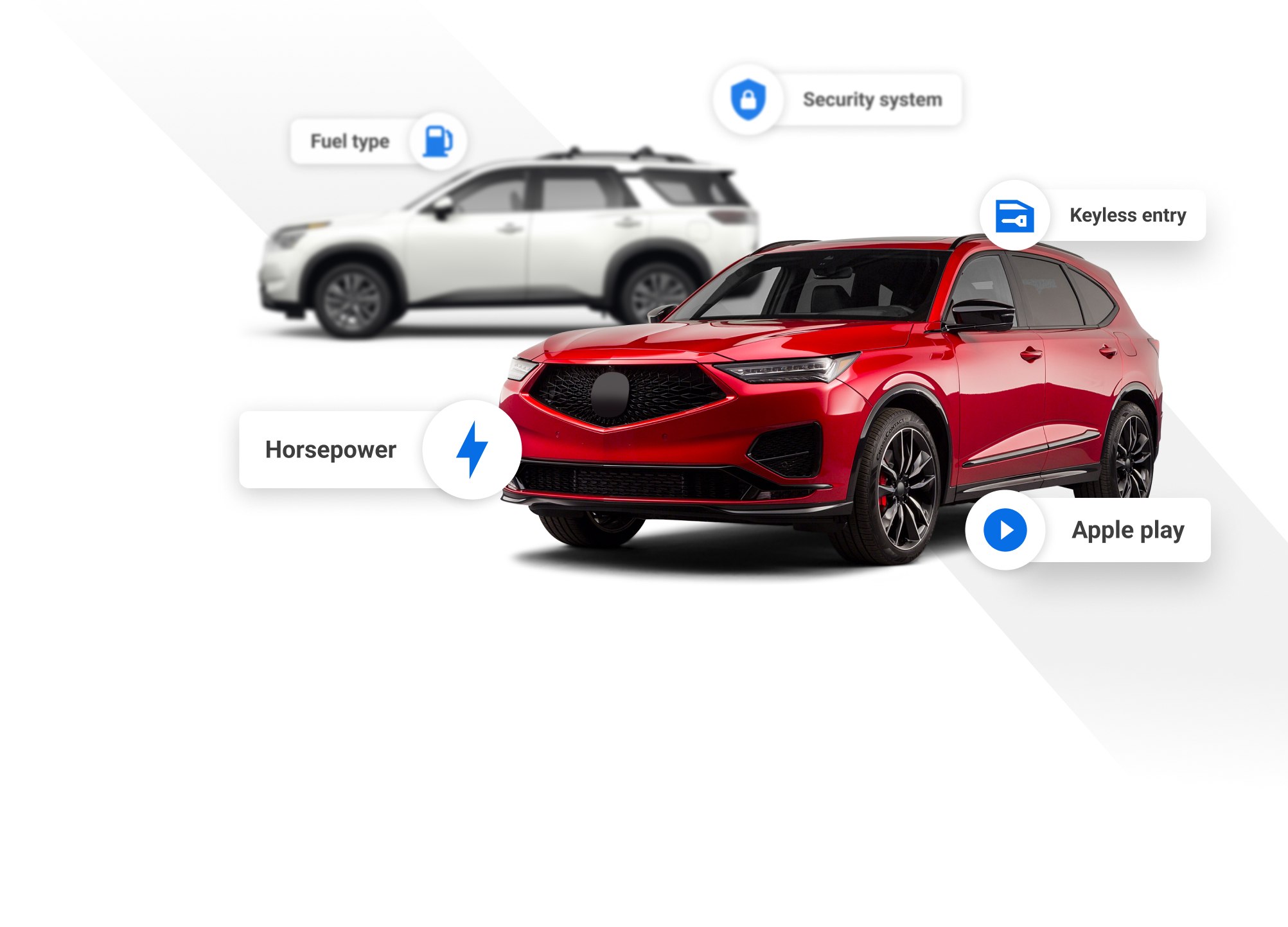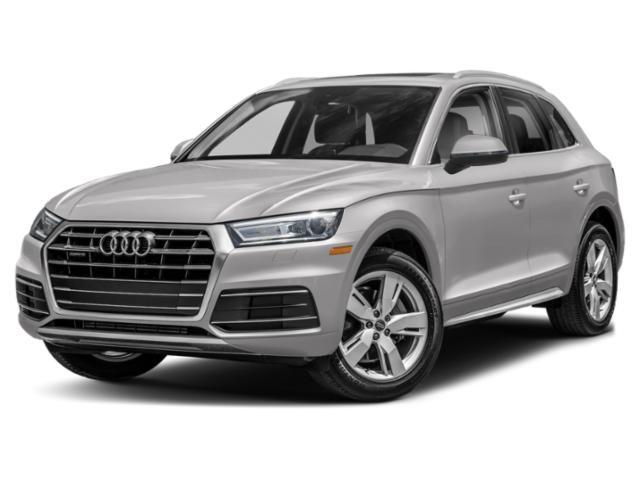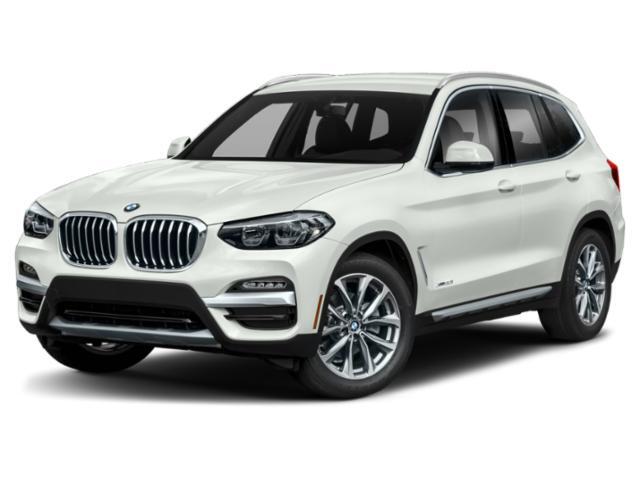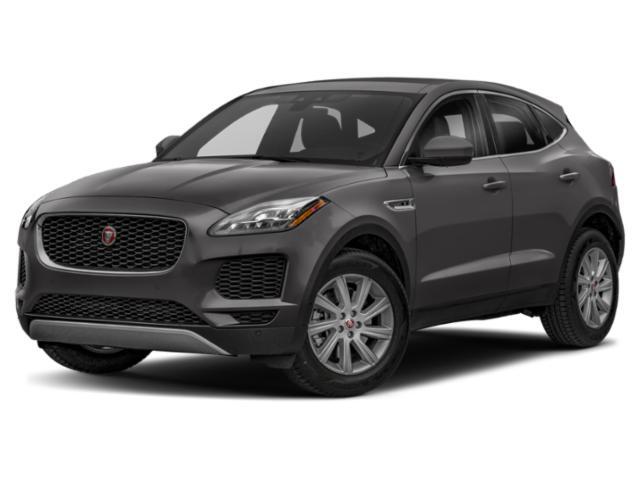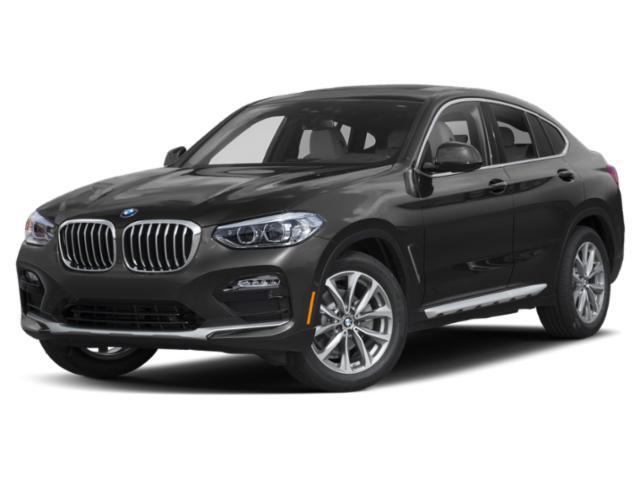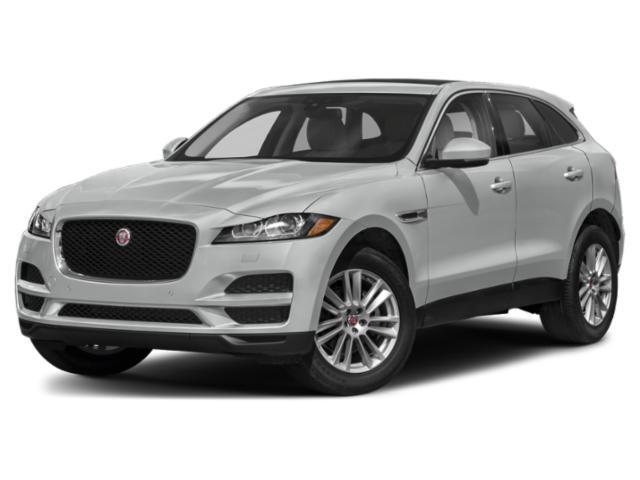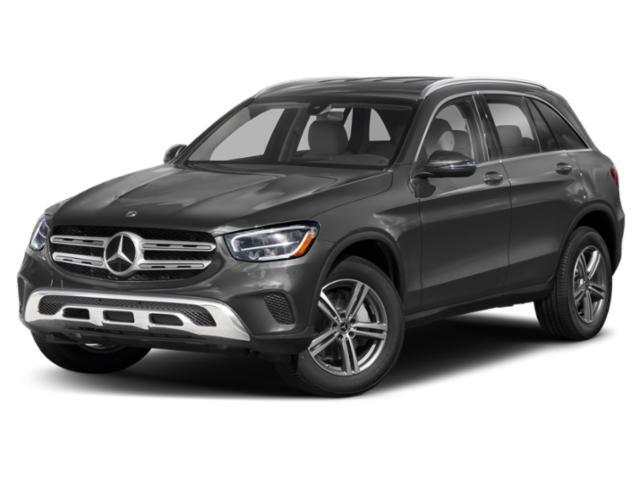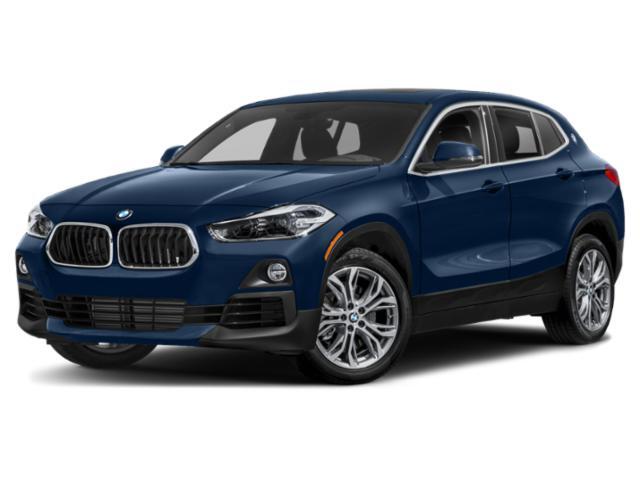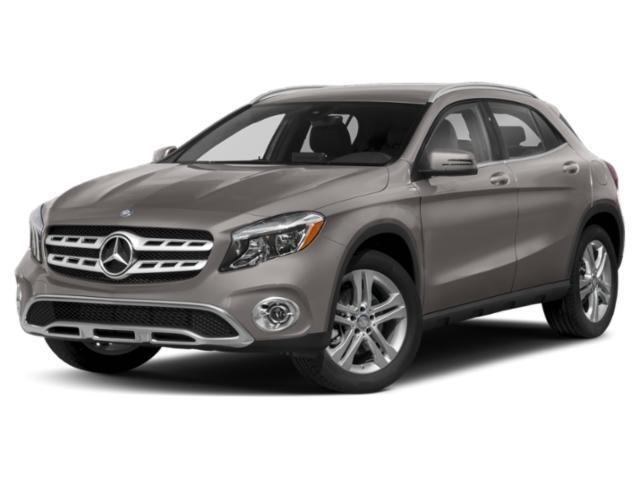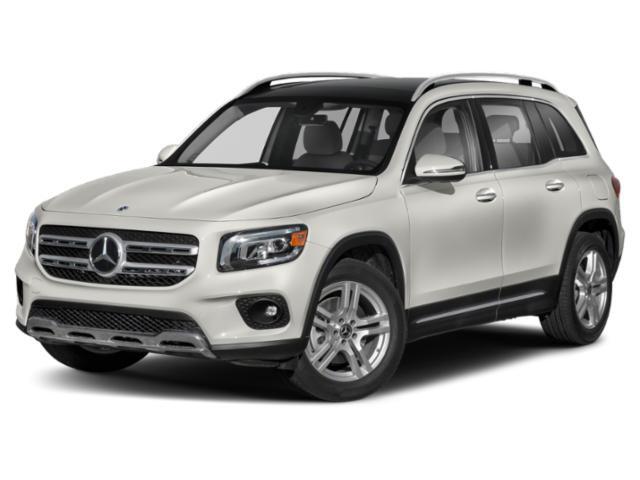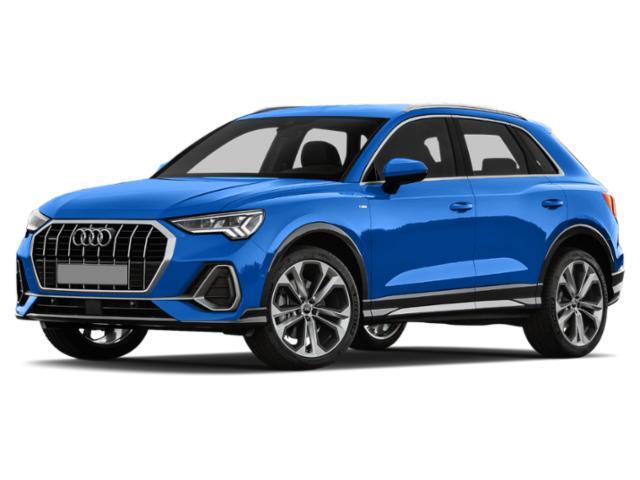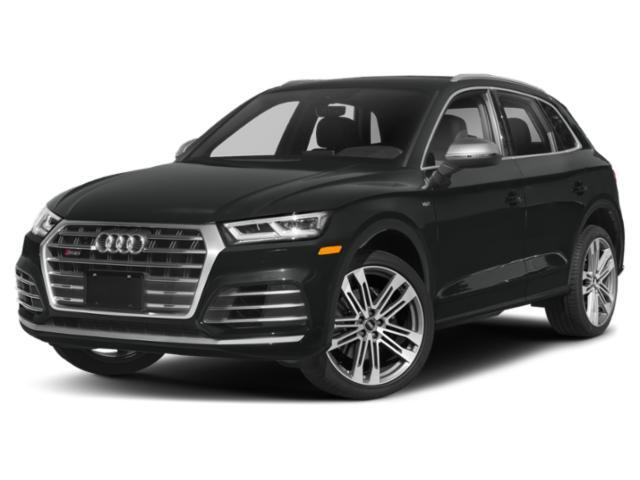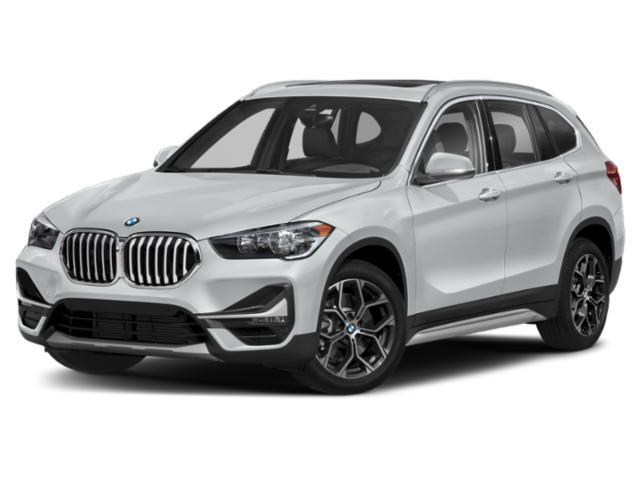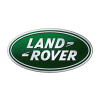
2020 Land Rover Range Rover Evoque

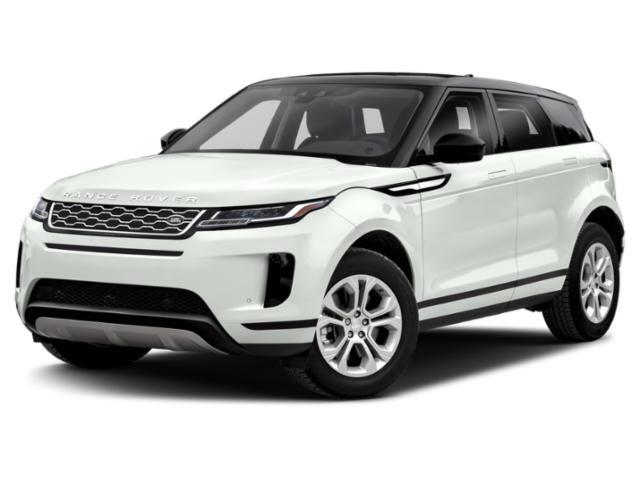
Key Specifications for 2020 Land Rover Range Rover Evoque






Buyer’s Guide
The 2020 model year marks a new beginning for Land Rover's entry-level model, the Range Rover Evoque. Following its introduction in 2011, the Evoque launched Land Rover into a compact luxury crossover field that has grown quickly thanks to brands like BMW, Cadillac and Volvo.
Land Rover was reluctant to take many chances with the second-gen Evoque, so it kept the first generation's shape and restricted changes to the car's details. The most significant update is the addition of a mild hybrid drivetrain whose power output is similar to that of last year's uplevel model.
The Evoque sticks with a 2.0L turbocharged four-cylinder engine as the basis for all trim levels. P250 models uses this engine to put 246 hp and 269 lb-ft of torque through a nine-speed automatic transmission to standard all-wheel drive.
Step up to the P300 model to get the hybrid system, which adds an electric motor to the 2.0L turbo to make 296 hp and 295 lb-ft. As a mild hybrid, the Evoque uses electricity as a power adder more than a fuel saver. You can't plug it in to charge and it won't drive the car on electricity alone. Europe gets a plug-in hybrid (PHEV) model right off the bat and while we would be very surprised if it did not come to Canada at some point, there's no word as to when it might arrive here.
Evoque competition comes from cars like the BMW X2, Cadillac's XT4, the Lexus NX and UX, and the Volvo XC40. This segment capitalizes on the popularity of small crossovers and is full of vehicles aimed at attracting young, aspirational car buyers. The idea is that a vehicle like the Evoque will reel in these buyers and keep them hooked as they move up in life, graduating to Land Rover's posher models, like the Discovery and the vast array of Range Rover variants.
Evoque trim levels include S and SE in P250 guise, and S, SE and HSE for the more powerful P300 R-Dynamic model.
Evoque S standard features include 18-inch wheels, 10-way electric front seats, perforated grained leather upholstery, 10.0-inch Touch Pro infotainment display, analogue gauges with configurable digital info display, LED headlights, front and rear parking aids and a support for the Apple CarPlay and Android Auto smartphone integration platforms.
SE trim brings 20-inch wheels, 14-way front seat adjustments, the Touch Pro Duo dual-screen infotainment system, automatic high beam headlights, park assist, 360-degree exterior camera system and a rear cross traffic monitor.
HSE trim adds 16-way front seat adjustments, a Meridian sound system, blind spot monitoring, adaptive cruise control and forward collision warning with automatic braking.
A First Edition model being offered only for 2020 gets trim-specific 20-inch wheels, and combines the SE's 14-way seating and park assist functions with the HSE's active safety gear and Meridian stereo.
As we write this, Land Rover has yet to publish fuel consumption estimates for the 2020 Range Rover Evoque. We expect those figures to be similar to last year's ratings of 10.9/8.0 L/100 km (city/highway).
Review & Compare:
Photos

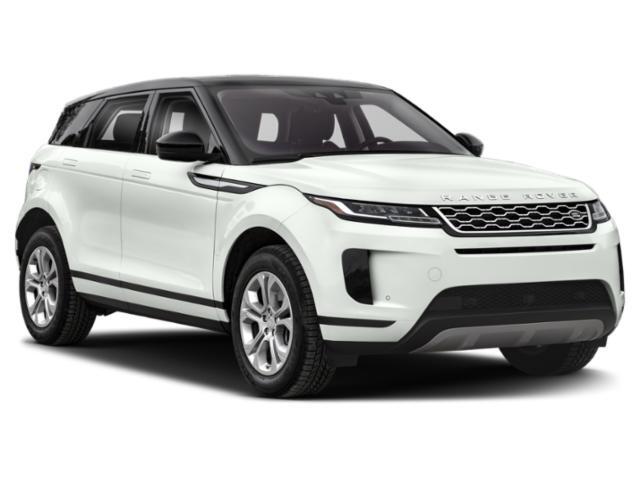
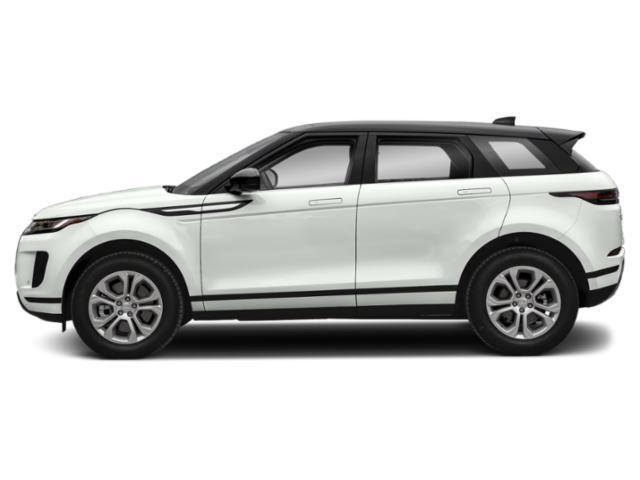
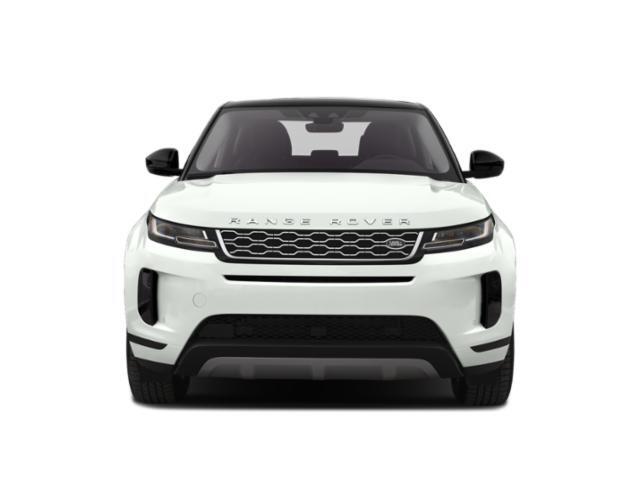
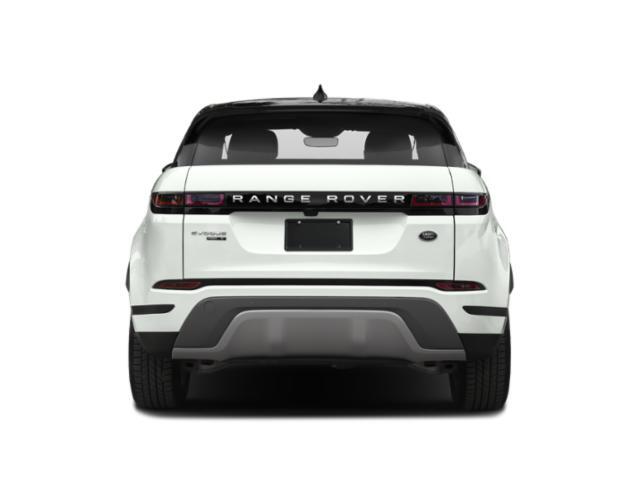
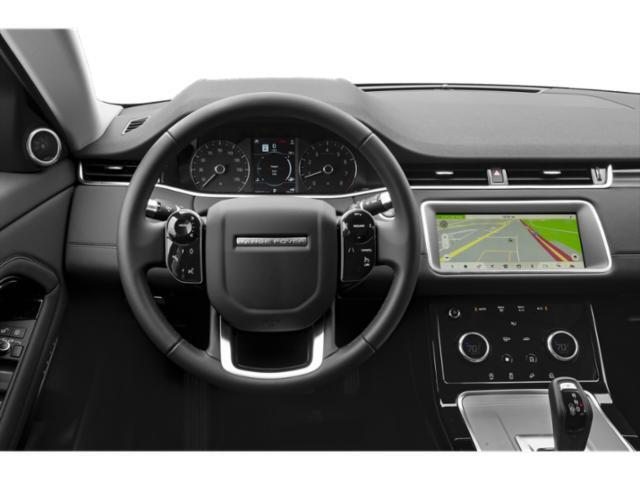
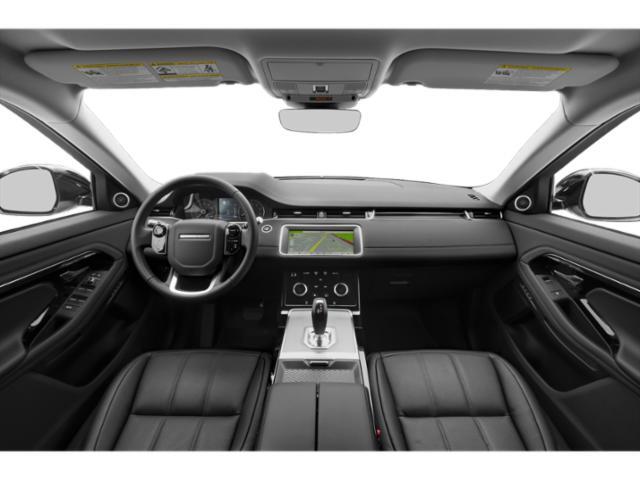
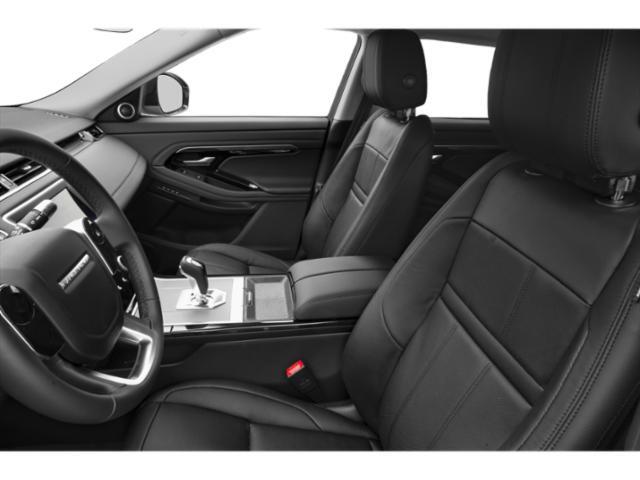
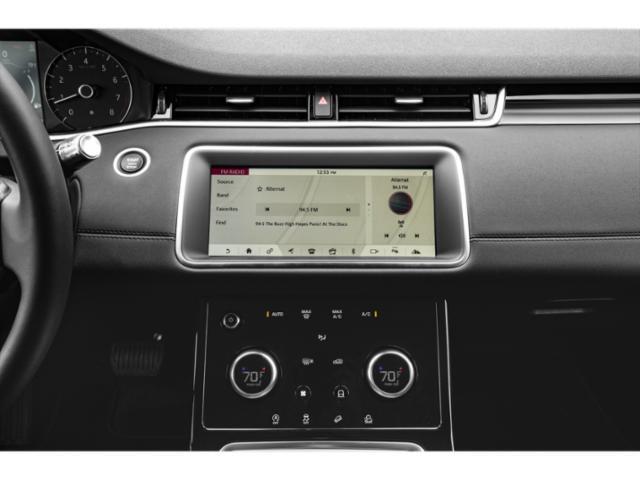
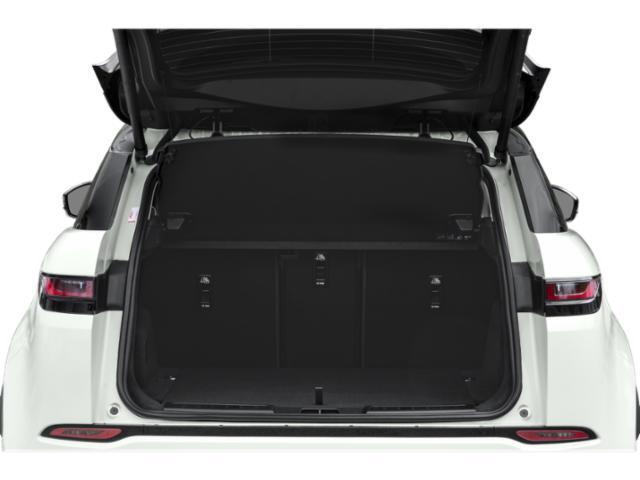
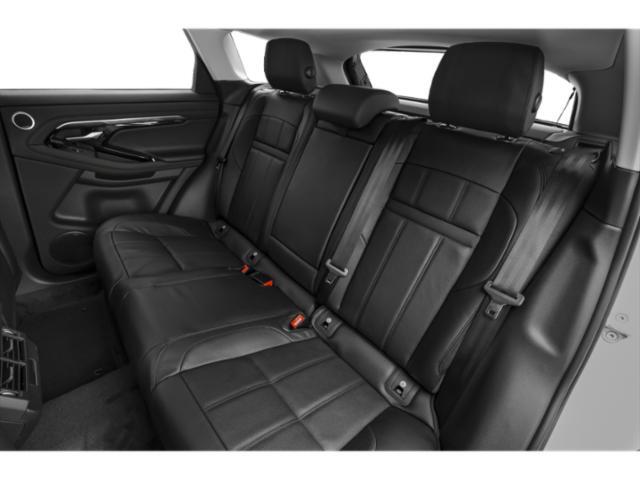
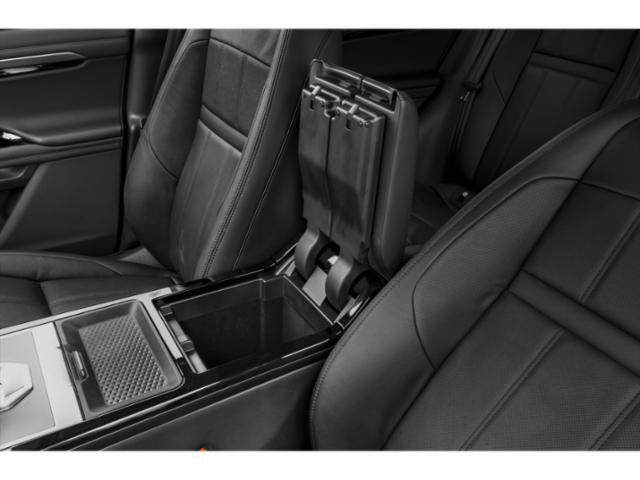
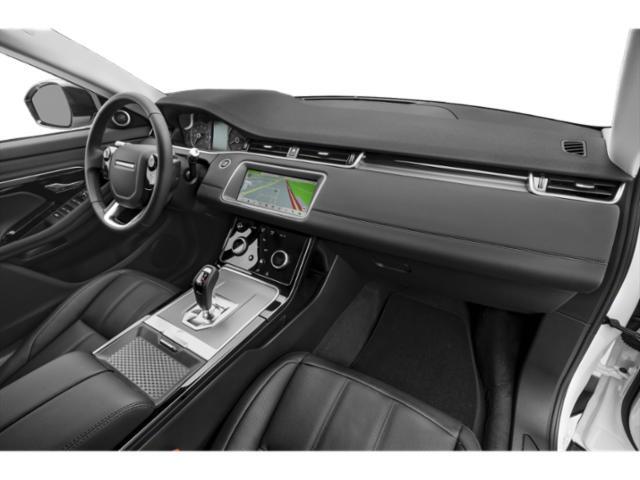
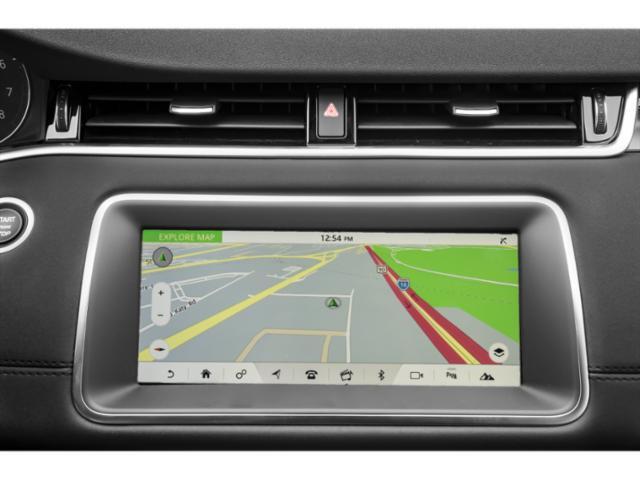
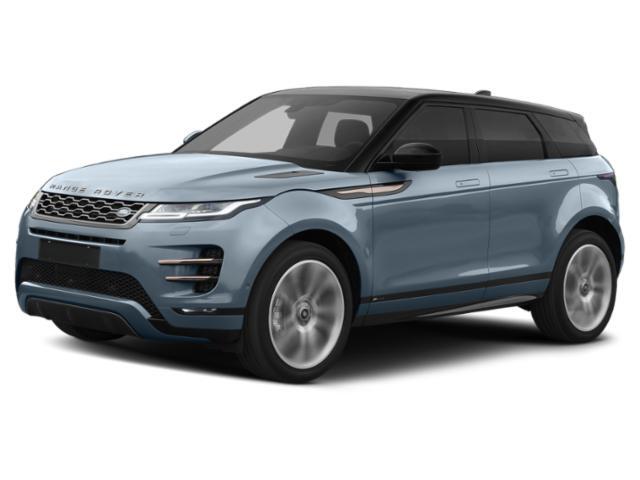
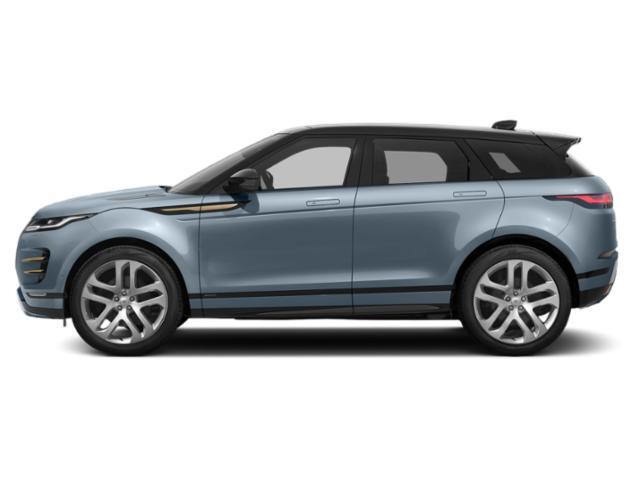
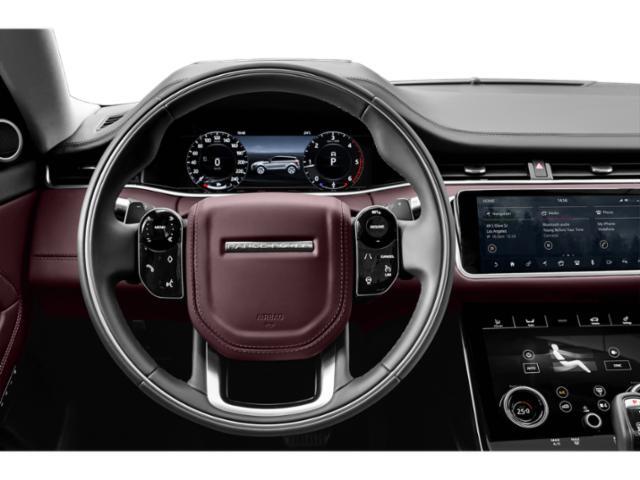

















AutoTrader Review





